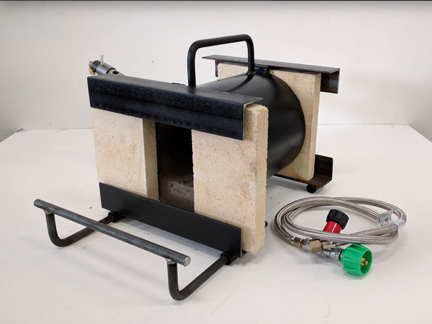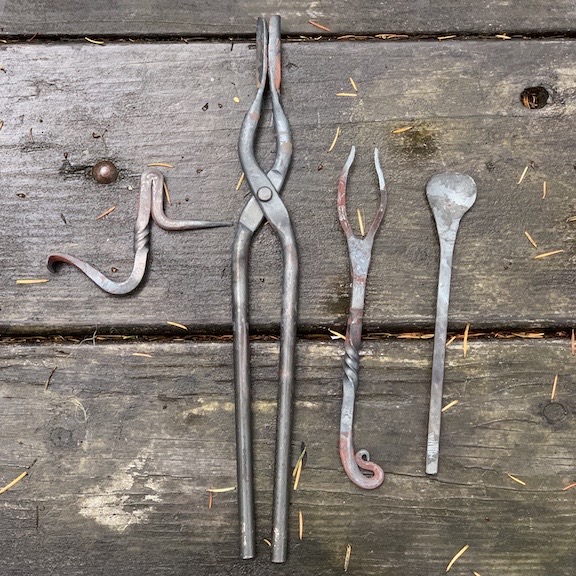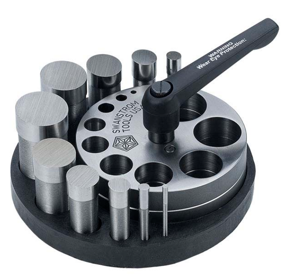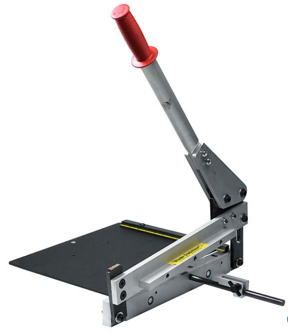I read a book about a trip I’d like to take.
– The Great Loop
– My First Great Loop Adventure
– Plotting the Course
– Doing My Homework
Although it’s still very much winter here in North Central Washington State, my mind has been somewhat consumed with boating these days.
If you’re a regular reader of my blog, you may remember the post I did some years ago about an ill-fated trip to a friend’s house out in the San Juan Islands. (It was an ill-fated post, too. The friend I wrote about seemed to take great offense at what I’d said about him and another friend apparently read between the lines and thought I was blogging about her. My response to both: Really?) In the post, I mentioned my friend’s boat, which I really liked, and how I wanted to get a similar one.
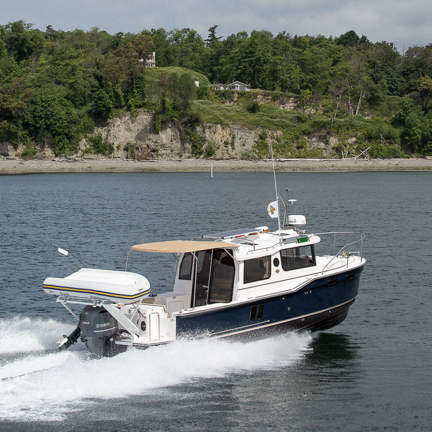
Spending four winters in a row in a truck camper has really prepared me for long-term living on a boat this size. It’s basically my camper on a boat.
Over time, I discovered the 27-foot Ranger Tug that I have my eye on. This boat has all the comforts of home — well, at least all the comforts of my truck camper — in a towable package. That means I could store it in my garage between long trips out on the Columbia River, Lake Chelan, Roosevelt Lake, the San Juan Islands, and the Inside Passage. I could even take it south for the winter — imagine spending December and January on Lake Havasu in Arizona?
I also began thinking of other adventures where I could take such a boat. I immediately thought of the Intracoastal Waterway up the east coast of the US. And then maybe up the Hudson River. And the Erie Canal to the Great Lakes. And wouldn’t it be amazing if I could find some way down the Mississippi back to the Gulf of Mexico and around the Florida Keys back to my starting place?
What I had just imagined was something that actually existed and had been accomplished by many people: the Great Loop.
The Great Loop
Per the America’s Great Loop Cruiser’s Association website,
The Great Loop is a circumnavigation of the eastern U.S., and part of Canada. The route includes the Atlantic Intracoastal Waterway, the New York State Canals, the Canadian Canals, the Great Lakes, the inland rivers, and the Gulf of Mexico. “Loopers” take on this adventure of a lifetime aboard their own boat.
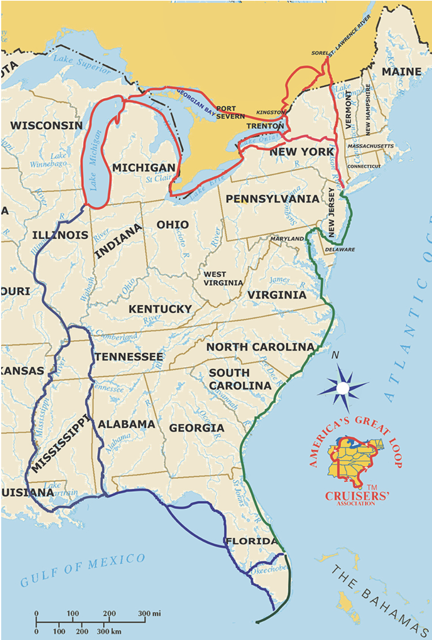
Here’s the map of the route. Note that there are two ways to get from the Hudson River to the Great Lakes, two ways to get through the Great Lakes, two ways to get from Illinois to the Gulf of Mexico, and two ways to navigate Florida. This makes it possible to do the trip a number of different ways.
The website has a wealth of information about this roughly 6,000 mile journey, including many resources for learning about the route and points of interest along the way. Honestly, the website can tell you a lot more about the Loop than I can; I’ve only begun exploring it.
A Challenge, An Adventure
If you know me well, you should know that I live for challenges. I’ve had three successful careers (so far) for a reason: I get bored easily. After an initial start in the business world as an auditor and financial analyst — what was I thinking? — my writing hobby turned into a career as a freelance writer. When that generated a bunch of fun money, I learned to fly helicopters, bought a helicopter, and turned that into a career as a helicopter pilot. These days, I’m keeping myself amused by learning jewelry skills and techniques, but I can’t really call that a new career — at least not yet. (Maybe in a few years?)
In each case, it was the challenge that drove me, even if I didn’t realize it. I always want to learn and do new things. I want to get good at them. When I can actually earn a living doing them, I’m rewarded and motivated to do and learn more.
Taking a boat on a 6,000 mile trip on rivers, oceans, canals, and lakes — now that’s a challenge.
I’ve always been a bit of an explorer. I bought a Jeep to explore the desert on the ground. I’ve used helicopters to explore the desert, mountains, canyons, lakes, rivers, coasts — you name it — from the air. In the past, I’d done boating trips with a focus on exploration: a rafting trip down the Colorado River through the Grand Canyon, a house boating trip on Lake Powell, small boat trips on the Hudson, East, Harlem, Colorado, and Columbia Rivers, a 12-day cruise up the inside passage on a small boat. Imagine how much I could explore on a Great Loop trip!
Of course, there are hurdles to jump. Getting the boat and learning to pilot it safely and effectively is the first big challenge. Learning what I need to know to plan and execute a long boat trip is another. This isn’t something I would do without proper preparation. But as I research the things I need to know, I realize that it’s definitely doable. A real goal for my post-retirement years.
Reading First Person Acounts
I started my research about six months ago, before I went south for the winter. I searched for books about the Great Loop. There are a lot of them. It seems that many people who do this journey like to write books about it.
There are different ways to do the trip and a lot of them depend on the size and style of the boat you’re doing it with. I wanted to read books written by people kind of like me — not super rich, motoring in a smallish boat. (Yes, 27 feet is considered small for this trip.) A lot of the books out there were by couples in giant yachts and I didn’t want to read those. Chances are, I’d have a budget for the trip, which meant I wouldn’t be able to spend every single night along the way at a full-service marina. I’d have to boondock (the RVing word) or lie at anchor (the boating phrase) for at least half the nights. So I wanted to read books by people who had similar experiences to what I might have.
I sampled a few books in Kindle format and wasn’t very impressed. One of the drawbacks of this age of self-publishing is that anyone can do it — even if they can’t write. One book sample read like an infomercial for the book, with lots of repetition and apparently no editing. Another was similarly uninteresting to me, although I can’t remember why. But a third…well, I thought that had promise. I bought it and read it yesterday.
A Book Review

Here’s the book I read first about motoring the Great Loop.
Crossing the Wake: One Woman’s Great Loop Adventure by Tanya Binford is almost the kind of book you might expect. The subtitle tells you that the book is about a woman’s trip doing the Great Loop and hints that she’s doing it alone (which she mostly did). I tend to shy away from women’s books because I have trouble identifying with the themes they usually include: the trials of motherhood, dealing with sexual discrimination, and fighting male dominance. This book, fortunately, didn’t have much of that — although it certain had more than enough for me. Unfortunately, as I discovered while turning page after virtual page, it didn’t really have what I wanted to read, either.
You see, although the author wrote this book about her journey, it read more like a catalog of fears, challenges, and social activities than a travelog. With virtually no boating experience, she decided she wanted to do the trip. To prepare, she moved from the Arizona desert to the coast of South (I think) Carolina and bought her young adult son a boat. Over and over again, she tells the reader how little confidence she had in her skills while she let her son do the piloting. She shares many anecdotes about needing the help of a man to do one thing or another. Yet she buys one boat after another to learn what she needs to know and build her skills. That’s admirable, but I don’t believe she had the skills she needed when she finally started the trip.
The first part of the book explains what she was doing for a living — she was a psychiatric registered nurse who was able to meet with patients through video calls (this was before the pandemic) — with side stories about some of her patients, co-workers, and bosses. It also covers some of her preparations, with lots of details of the (mostly) men who helped her and the (mostly) women who worried about her doing the trip on her own.
The second, longer part of the book was about the actual trip. Here’s where the definition of “solo” gets hazy. You see, although she was alone on her boat for most of the trip, she also traveled among other “Loopers” who she would see, on and off, throughout her trip. The book is one story after another about meeting this couple/boat here and that couple/boat there and having “docktails” and dinner and shore trips with all these people. It was a social report. There were very few details, especially in the first part of the trip, about navigation, points of interest, or the traveling itself. When she did try to give details, she fell short or used incorrect names. (It’s New York Harbor, not Hudson Bay (which is in Canada); the New York Thruway, not the New York Expressway and the Tappan Zee Bridge, not the Tappen Zee Bridge. These are the things I caught because I know them; how many other mistakes did she make?)
Along the way, she confirmed, over and over, that she was in way over her head on this trip, lacking either confidence or skills that she really should have had. And if that wasn’t bad enough, halfway through the book/trip she admits that the autopilot and radar don’t work properly. (I cannot, for a minute, imagine taking a boat on a 6,000-mile solo trip without an autopilot, let alone drive a boat in unfamiliar water in fog without radar yet the author did both.) Yes, she survived the trip, but I felt that she struggled with her own shortcomings to do so.
What did I want from the book? I guess I just wanted more details about the trip itself. More about navigation, overnight stops (other than to name them), unusual boating/navigation rules/situations. She did provide some of this, but not nearly as much as I wanted. Instead, I was treated to her stories about her bullying her mom on part of the trip, men who made passes at her, and her emotional turmoil when another boater she’d had a fling with found another non-boating woman and married her.
And frankly, I found her side story about a patient who had killed herself when she (the author) left her job to start the trip disturbing and unwelcome.
If the author happens upon this blog post and reads it, I’m sorry to be so brutal. But I’ve filed this book with most of the other “women’s books” I’ve come across. I probably should not have read it.
Did I get anything out of the book at all? Yes. I learned that a woman with very little experience driving a boat slight smaller but similar in style to what I want to buy completed the trip by herself.
If she could do it, so could I.
Making Plans
So I’ve set this up as a new goal for myself: motor the great loop before I turn 65. I have just over 5 years to:
- Get back in shape. I’ve let myself go a bit and that’s causing aches and pains that I simply should not have at my age. Time to slim back down, get more exercise, and prep for being able to walk a very narrow gunwale.
- Buy a suitable boat. That Ranger Tug is looking good, but I do have a friend trying to talk me into something else, so I’m not 100% sold on it yet.
- Spend a lot of time on the boat to become an expert on handling it. This might sound weird, but to me, flying a helicopter in most conditions is like driving a car. I’d like to get like that behind the wheel of a boat. Practice — especially practice in challenging conditions like wind, currents, and rough water — makes perfect.
- Spend some time with a boat mechanic. The goal is to learn the basics of what might break and how I can fix it — or at least enable to limp to a marina for a real fix.
- Learn everything I need to know about navigation on the Great Loop’s waterways. There’s a lot to learn — including navigation on Canadian waterways.
- Prepare the boat for a very long trip. That includes a last-minute tuneup of the engine and other systems and packing the gear I’ll need (and leaving behind the gear I won’t).
- Get the boat to a starting point, launch it, and get under way. Whether I do this alone or with a travel companion depends on what’s going on in my life when the time comes to start.

Chapman Piloting and Seamanship is the bible for learning about boating in the United States. I’ve got this book in print and in Kindle format and have been reading various chapters to immerse myself in boating information.
A lot of this actually ties in nicely with a related goal: getting my boat captain’s license. I’d like very much to be able to make a bit of income with this boat since it’ll cost so much to acquire and operate. (But still not as much as a helicopter.) Even if I make enough to cover my personal boating costs, I’ll be very happy. But to legally do that, I need the proper boat captain’s license, which requires experience on the water, training, and passing scores on a test. I’m already beginning to study for all that.
But whether I become a boat captain or not, motoring the Great Loop is a set goal. Let’s see if I can do it.


